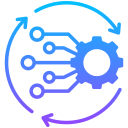Integrating AI with IoT Devices at Home
Artificial Intelligence (AI) is rapidly transforming the possibilities of smart home technology by integrating with Internet of Things (IoT) devices. This fusion brings about not just automation, but intelligent automation—where home systems learn, adapt, and respond proactively to your lifestyle. With AI-driven IoT, users benefit from enhanced security, energy efficiency, convenience, and even predictive maintenance, all seamlessly embedded within the familiar comforts of home.
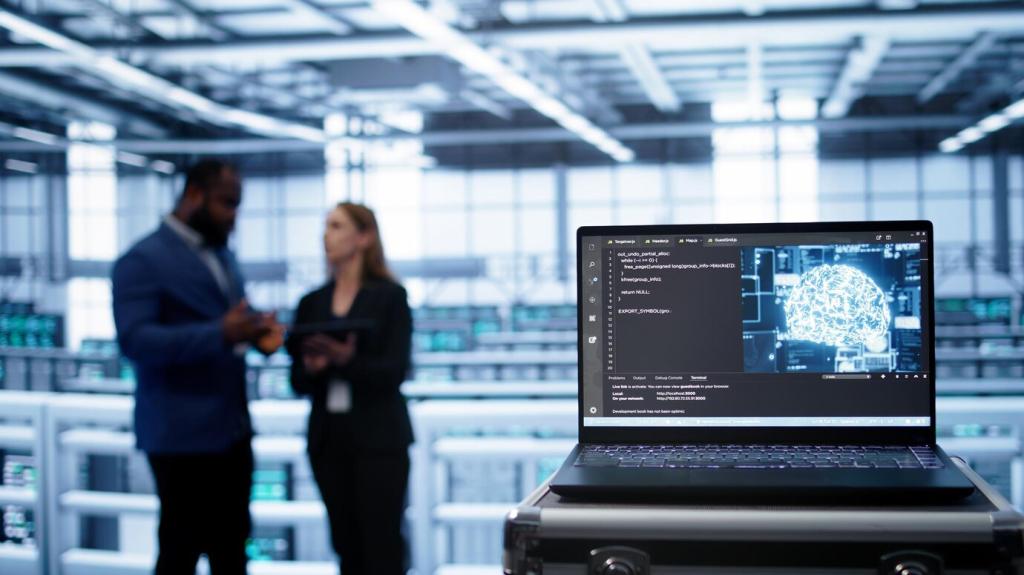
How AI Transforms Basic Automation
Traditional home automation allows users to control lights, thermostats, and appliances through schedules or phone apps. AI elevates this by introducing pattern recognition and learning capabilities. Rather than following simple on/off rules, AI observes household behaviors, detects user habits and adjusts device operations accordingly. For example, a thermostat can learn a family’s schedule, adapting temperatures in real-time not just to preset times, but to actual occupancy and preferences, creating a comfortable and energy-efficient environment seamlessly.
Seamless Connectivity and Data Flow
A robust smart home ecosystem relies on devices that communicate effortlessly with one another. With AI at the core, data collected by sensors—from motion detectors to cameras and smart plugs—flows to centralized algorithms that analyze and interpret it. This dynamic connectivity ensures that devices don’t operate in isolation, but work in concert, making coordinated decisions. The result is a holistic smart-home experience, where data-driven insights enable everything from optimized lighting to proactive security adjustments.
From Smart Devices to Smart Experiences
The true promise of integrating AI with IoT is not just device-level automation, but the creation of intelligent experiences. AI interprets contextual data to deliver highly personalized services, such as suggesting meal plans based on pantry inventory, or creating ambiance by adjusting lighting and music to your mood. This move from isolated gadget functionality toward orchestrated living experiences signals a future where smart homes genuinely understand and enhance the people within them.
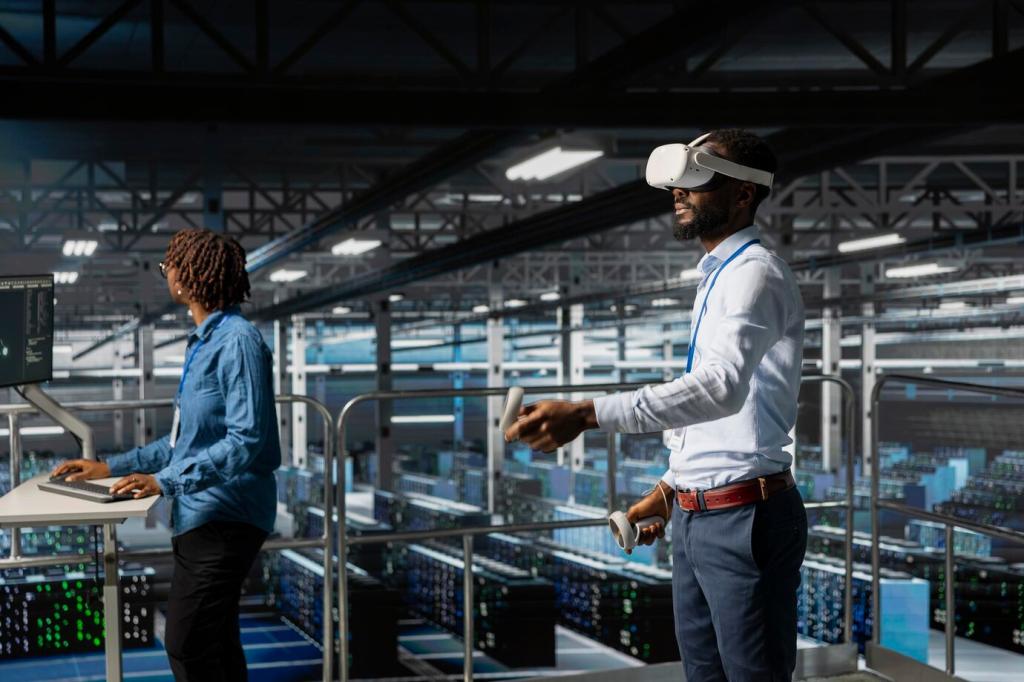
Intelligent Intrusion Detection
AI-driven cameras and sensors leverage computer vision and advanced pattern recognition to monitor homes more intelligently. Unlike basic motion sensors that may be triggered by pets or passing vehicles, AI systems differentiate between types of movement and recognize faces, allowing them to alert homeowners only when genuine risks are detected. Over time, these systems continue to learn from their environment, minimizing needless alerts and providing real-time, actionable security notifications.
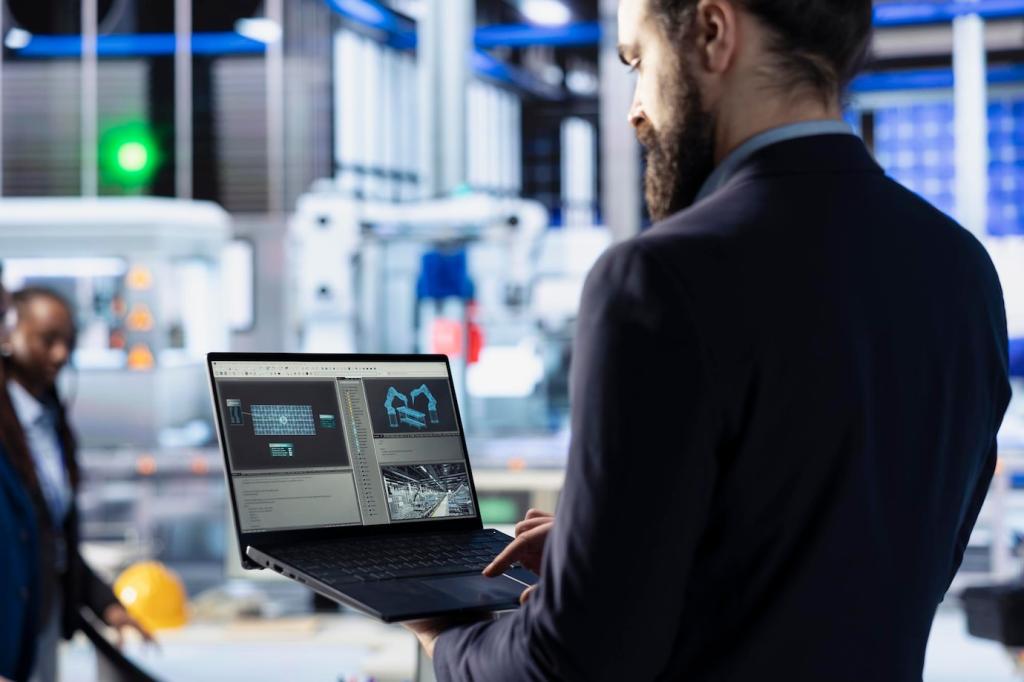
Proactive Environmental Monitoring
IoT devices such as smart smoke detectors and air quality monitors gain a new dimension with AI. Instead of merely sounding an alarm, AI models analyze patterns in sensor data, identifying subtle trends that indicate potential hazards before thresholds are reached. For example, gradual increases in humidity can signal a leak, enabling early intervention and preventing costly repairs. This transforms passive alarm systems into active, preventive tools that address issues before escalating.
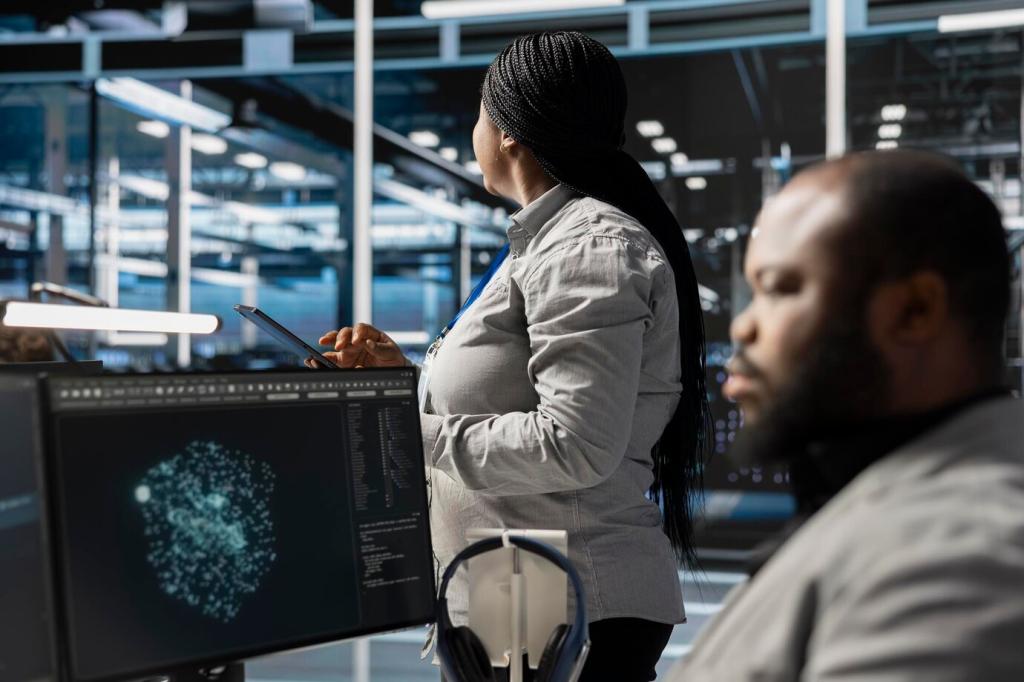
Automated Emergency Response
When emergencies occur, every second matters. Integrating AI with IoT accelerates the response time by automatically notifying emergency services, unlocking doors for responders, or cutting off utilities to prevent further damage. These smart systems can dynamically assess situations—such as distinguishing a cooking mishap from a genuine fire or detecting medical emergencies through wearable sensors—ensuring the right help is summoned instantly, and resources are allocated efficiently.
Achieving Greater Energy Efficiency
Adaptive Climate Control
Smart thermostats with AI capabilities revolutionize energy use by learning occupants’ routines, weather patterns, and even individual comfort preferences. Unlike traditional programmable thermostats, AI-driven models adjust in real-time, pre-cooling or heating spaces only as needed and shutting off when rooms are unoccupied. This blend of predictive analytics and continuous adaptation ensures that energy is used optimally, reducing unnecessary consumption and saving money over time.
Intelligent Lighting Systems
AI enables lighting systems that don’t just turn on and off at specific times, but actively adapt to the presence of people, natural daylight, and even user moods. By learning behaviors and responding to data from motion sensors and smart switches, these systems tailor lighting levels in each room automatically. Over time, they not only enhance convenience and ambiance but also ensure that lights are never left on needlessly, preserving both energy and bulb life.
Appliance Usage Optimization
Many household appliances—such as washing machines, dryers, and dishwashers—can be scheduled or monitored by smart plugs, but AI integration takes energy management a step further. By analyzing peak utility rates, historical usage data, and even the load within appliances, AI systems suggest the most cost-effective times to run devices. They may also learn to delay or stagger appliance operation to balance load and reduce overall electricity costs, unlocking maximum efficiency for homeowners.
